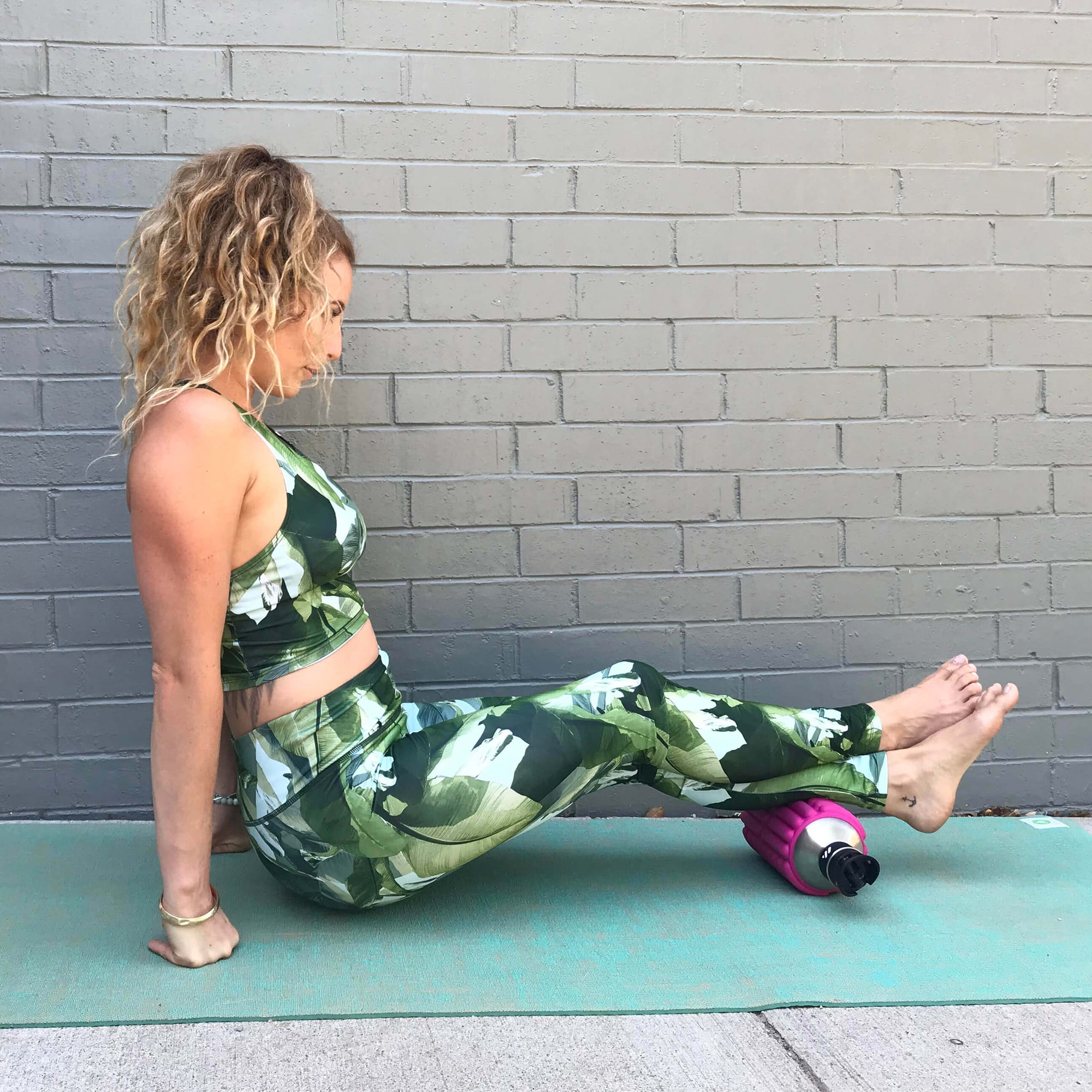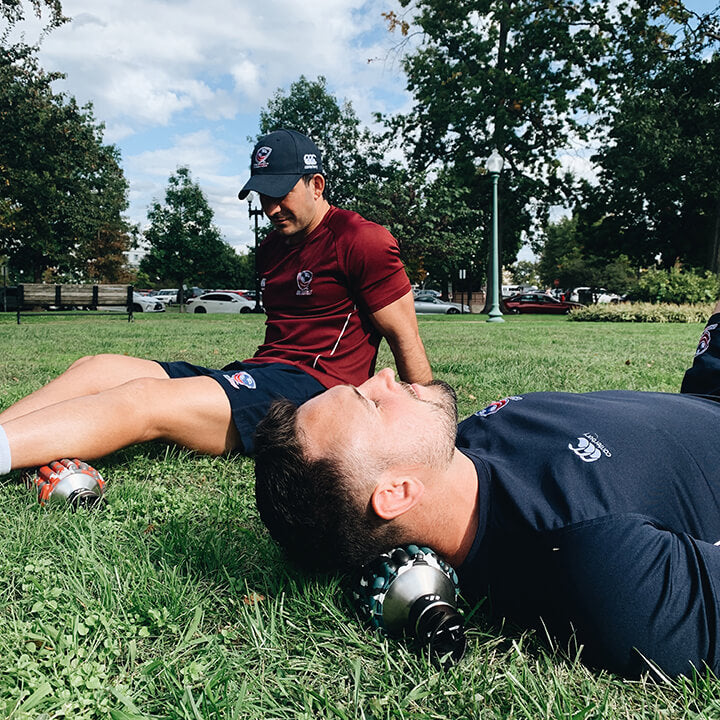So how does foam rolling actually work?
"It works through myofascial release...But what is fascia—and why would you want to “release” it?
Fascia
Think of fascia as the sausage casing surrounding every muscle fiber, every organ, every nerve fiber, every bone in the human body. Have you ever noticed a thin, almost see-through layer of tissue coating your chicken breasts? That’s fascia.

Within the muscle, this fascia exists in multiple layers. First, it wraps around every individual muscle fiber or cell. Then, it wraps around bundles of muscle fibers, called fasciculi. Lastly, it wraps around the entire muscle body. Together, these layers of fascia, apart from helping to give muscle its shape, attach to tendons and bones to help you pull, push, squat, run, bike, whatever it is you want to do.
The thing is, all on its own, muscle fascia is pretty solid and not very pliable. That could theoretically limit range of motion, or give you that feeling of stiff, tight muscles.

That’s especially true if the fibers that make up your muscle fascia form what’s called “adhesions” or “trigger points." “Ideally, all of these fibers are sliding by each other with ease as you move, like silky hair, but sometimes these fibers can get like hair that got some ice cream in it and it’s all stuck together.” (This is where hydration comes in handy.)
Experts say that these tangles in fascia can form for a variety of reasons such as:
- Muscle injury
- Inactivity
- Disease
- Inflammation
- Trauma
For whatever reason, “the tissue binds to each other, loses elasticity, and forms taut bands of tissue that can be painful,” de Mille says. Myofascial release may help separate these fibers and re-establish the integrity of the tissue.
“Muscle fascia displays a behavior, where, when it is moved it becomes more compliant and malleable,” he says. So, he explains, applying pressure and moving the fascia, even microscopically, could allow the fascia, and therefore the muscles, to separate, relax, and become more flexible.
Foam Rolling Pre & Post Workout
Meanwhile, foam rolling could also improve your workouts by literally warming your muscles. The friction induced by foam rolling on targeted muscles might also help to increase temperature of the fascia and muscles. Warming up your muscles before exercise helps loosen up the tissues and joints and increase range of motion—which helps you move better during your workout and protect you from injury.

Post-workout, increasing blood flow to the tissues you just used can help speed up recovery time, Dan Giordano, D.P.T., C.S.C.S., co-founder of Bespoke Treatments Physical Therapy, says. In fact, it’s one of the best ways to help minimize that lingering post-workout soreness known as delayed-onset muscle soreness, or DOMS.
Foam Rolling for Nervous System Regulation
However, some argue that foam rolling isn’t about myofascial release at all, but instead neurological changes within the muscles themselves. When we foam roll, imbedded nerve receptors are being stimulated in that region which leads to a perceived 'releasing' effect, and what most people seek when they foam roll.

While scientists can still only speculate about the exact mechanisms, it’s possible that foam rolling triggers receptors that talk to the brain, and the brain responds by instructing the muscle cells to more or less loosen the heck up.
It’s also likely that foam rolling benefits come from myofascial release plus neurological changes working together, which means that foam rolling may work by helping to tell your nervous system to reduce pain signals from the muscle."
-Written in conjunction with Self





